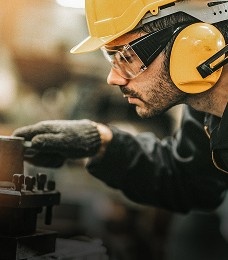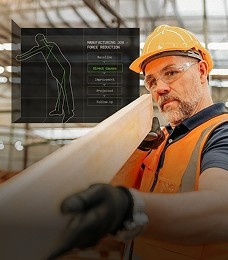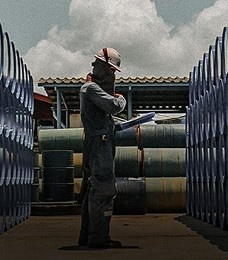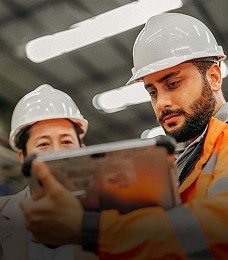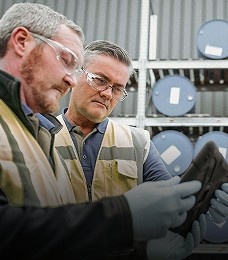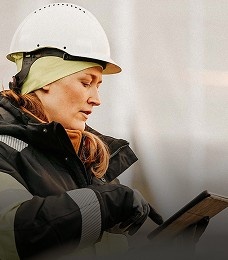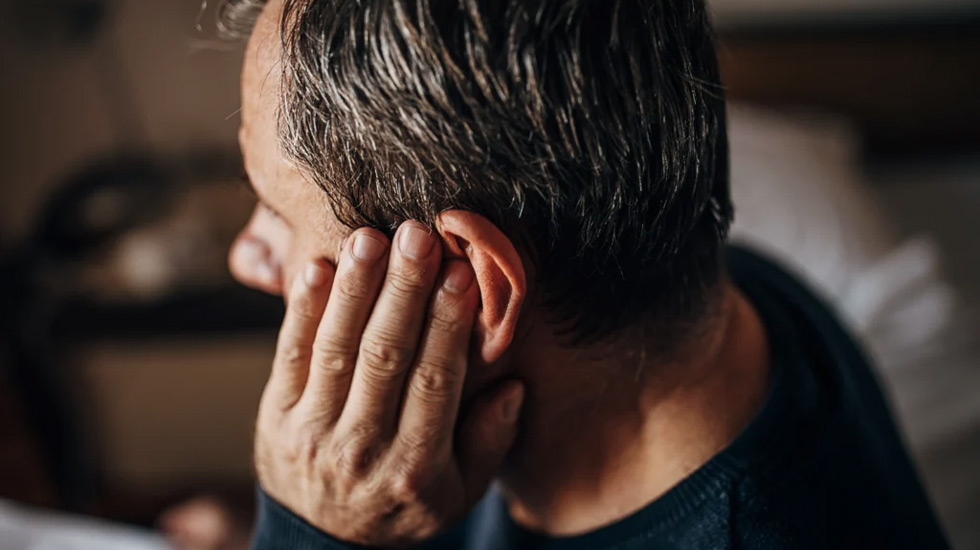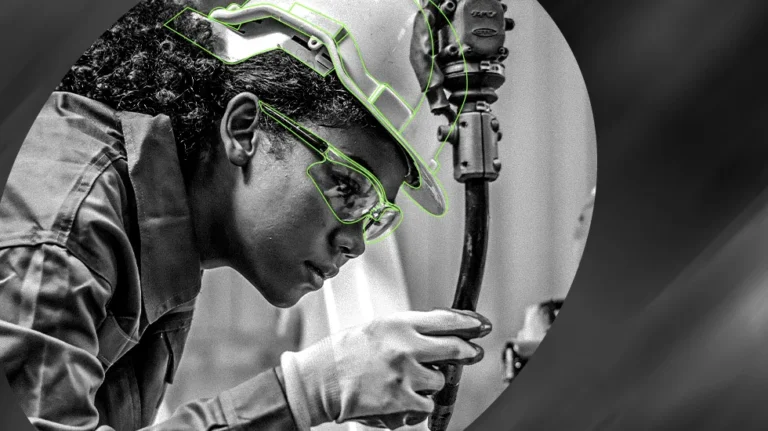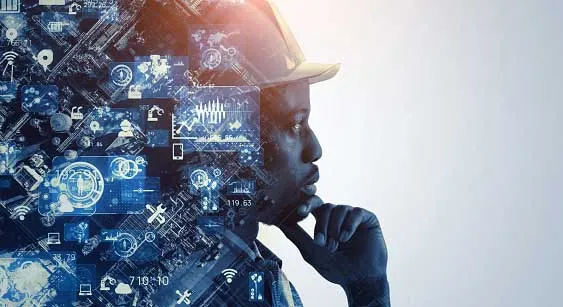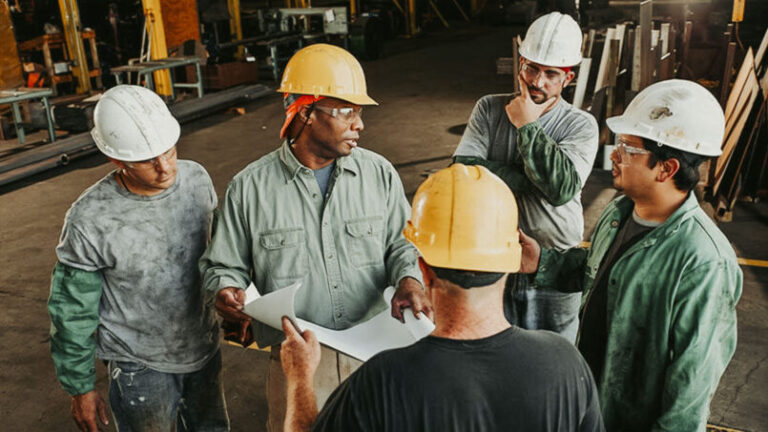by Naomi German, Associate Industrial Hygiene Consultant
I went on vacation to Fiji recently, and, during my stay, I met a lovely elderly couple named Toby and Ed, ages 80 and 83 respectively, both of whom wore hearing aids. During the group snorkeling adventures, my partner and I would stifle a laugh as Ed removed his hearing aids, jumped in the ocean and (despite being feet apart) would yell, “Toby! Can you give me the camera?! Toby! CAMERA!” to which Toby would shout back, “I can’t hear ya, Ed! I don’t have MY hearing aids in!”
After a few rounds of this, another snorkeler would assist and hand Ed the camera. While this is a chuckle-worthy story, the prevalence of hearing loss among Americans is increasing – and it’s not just the elderly who are affected. Earlier this year, the WHO identified hearing loss as a serious public health issue, with “over 1 billion 12–35-year-olds at risk of losing their hearing, due to prolonged and excessive exposure to loud music and other recreational sounds.”
Why are so many people experiencing hearing loss at a much younger age?
When I was first at Purdue, an audiologist visited one of my classes to discuss the latest research in her field on this increasing prevalence of hearing loss in children and young adults. She had just conducted a study on the subject, which attributed the cause of this hearing damage to headphones. With the development of personal, portable music devices becoming available in the early 2000s also came the risk of earlier onset hearing loss in teens and adults. While listening to loud music through headphones may seem harmless at the time, the effects can be truly damaging. Hearing loss is permanent, and the simplest way to avoid it is through prevention. This is especially important because we have to consider the compounding effect of noise exposure at work in addition to noise exposure at home.
One of the tasks Industrial Hygienists are responsible for is to routinely monitor noise in the workplace to satisfy the OSHA standard (1910.95), which ensures that employees aren’t exposed to over 90 decibels over the course of an 8-hour shift, and that employers implement a Hearing Conservation Program if the work environment is 85 decibels or more. If an employee is found to have work-related hearing loss, it’s considered an OSHA recordable injury – with consequences for everyone involved.
In my previous work experience, I oversaw a noise survey for our entire site, which included environments from pharmaceutical manufacturing and lab spaces to warehouses and maintenance shops. I walked around with a sound level meter (SLM) first to do area noise mapping since that would give me a better idea where to focus my personal noise monitoring with dosimeters. Once I selected my groups and tested them, I found that all the proper precautions were in place and that we had a robust program.
A couple of months later, our company’s health clinic reached out to me to help them determine whether some cases of hearing loss were work related or not. As part of the program, we interviewed the affected employees and found out that all of them were participating in noisy activities regularly in their personal lives as well as in the workplace. Some frequently attended concerts or loud races, others were remodeling their basement, operating farm equipment, shooting guns recreationally, or mowing their lawn without hearing protection. This added up over time, and now their hearing had been damaged.
What can we do to avoid hearing loss?
So, what do we do to avoid hearing loss while off the job? Stop listening to music? Leave your DIY half-finished? Let the HOA send you a passive-aggressive letter about the state of your lawn? No! You can still enjoy all the things that you do, but you must be more aware of the dangers associated with them and make small changes. While no noise exposure is ideal, it is impossible to avoid.
Luckily, there are plenty of products out there that can reduce the amount of noise you’re exposed to, like attenuation earbuds, wall soundproofing, foam earplugs, bone conduction headphones, and more. Attenuation earbuds are great for activities where you still want to hear everything clearly, just at a lower volume. These are great for concerts or operating loud machinery, where it’s important to be aware of your surroundings.
Bone conduction headphones are a favorite of mine, as they reduced the ringing in my ears when listening to music during my daily commute on the train. Bone conduction headphones rest on your cheekbones, not in your ears, and transmit the music through vibrations on the head and jaw bones instead of transmitting sound waves through the air. My favorite part? Bone conduction technology allows you to listen to music or audiobooks underwater, and as a swimmer, it’s nice to not worry about losing an earbud in the pool.
There are a lot of popular products out there that are excellent at noise cancellation, but that also have noise transparency modes that allow you to be cognizant of your environment while still hearing your tunes. When used correctly, these headphones can help block out unwanted exposure to noise and allow you to adjust the volume of your environment, preserving your hearing. Imagine that you’re in the airport and want to drown out the drone with some music, but you need to still hear the airport announcements in case they change your gate.
Protect your hearing with the right product for each task.
No matter which product you choose to protect your hearing, it’s important that it’s appropriate for the noise level of your task, as well as used correctly. The first step to healthy change starts with awareness, and the smallest of changes can make a huge difference for your health. When in doubt, turn down the volume.
References:
